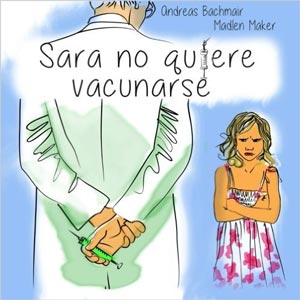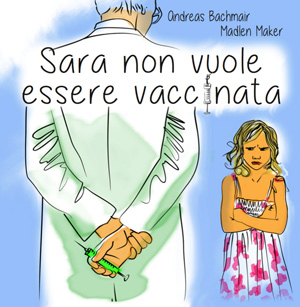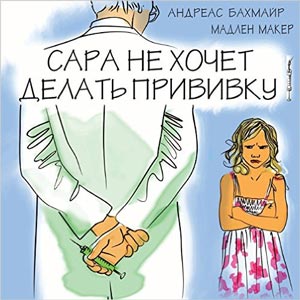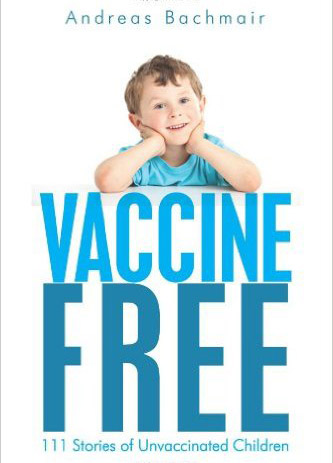Poliomyelitis
General information
Polio is a relatively recent disease. Even though there are paintings that date back to old Egypt which supposedly depict people who have come down with polio, the first descriptions only date back to 1840. In 1838 Jackob von Heine had given an account of acute paralysis of the legs of children at a conference of natural scientists in Freiburg, Germany. Two years later he described the pathology in a monograph, defining it as a disease in itself and referred to it as spinal paralysis in children. Medin was the first to describe an epidemic which goes back to 1887 occurring in Stockholm, Sweden. Since this time there have been seasonal epidemics increasing in intensity in industrial countries. .(Vaccines, Pliotkin&Ohrenstein, Saunders Press, 3rd Edition) Neither Paracelsus nor Hippocrates knew of the disease. This fact is the reason why some authors are of the opinion that the cause of poliomyelitis has to do with the rising production of toxic materials which started at the same time. In 1915 there was the great polio epidemic in New York, when chlorobenzene (main component for the production of DDT) was being produced on a large scale for the first time. In 1942 there was another polio epidemic, again after a massive production of chlorobenzene. The link to DDT was confirmed by trials in the U.S. and Switzerland in 1952 and 1953. It was determined that the cause for paralysis in calves was milk. If this milk was drunk by humans, they came down with polio just like the calves (Kritische Analyse der Impfproblematik, Anita Petek-Dimmer, S.305-309)
Dr. Kumm, the director for polio research in the U.S. in 1953 found a similar connection. Before he became director of polio research he was very involved in researching frambesia (tropical infection disease). There were various publications that reported that in 1936 there had been a polio epidemic in Somalia as a result of treating frambesia with arsenic .(Kritische Analyse der Impfproblematik, Anita Petek-Dimmer, S.305-309)
According to the WHO, Europe, America and the Pacific Region are polio-free. At the beginning of the 20th century contact with the polio wild virus became more and more rare as a result of the rise in living standards and better hygienic conditions. More people were unable to build up a sufficiently strong protection against antibodies. At the middle of the century this led to the great polio epidemics during which children from wealthy families were coming down with the disease.
"The charade about polio eradication and the great savings it will bring has persisted to date. It is a paradox, that while the director general of WHO, Margret Chan, and Bill Gates are trying to muster support for polio eradication (22) it has been known to the scientific community, for over 10 years, that eradication of polio is impossible. This is because in 2002 scientists had synthesised a chemical called poliovirus in a test-tube with the empirical formula C332,652H492,388N98,245O131,196P7,501S2,340. It has been demonstrated that by positioning the atoms in sequence, a particle can emerge with all the properties required for its proliferation and survival in nature (23, 24). Wimmer writes that the test-tube synthesis of poliovirus has wiped out any possibility of eradicating poliovirus in the future. Poliovirus cannot be declared extinct because the sequence of its genome is known and modern biotechnology allows it to be resurrected at any time in vitro." (Neetu Vashisht, Jacob Puliyel: Polio programme: let us declare victory and move on. Indian Journal of Medical Ethics Vol IX No 2 April-June 2012)
If you want to know more:












